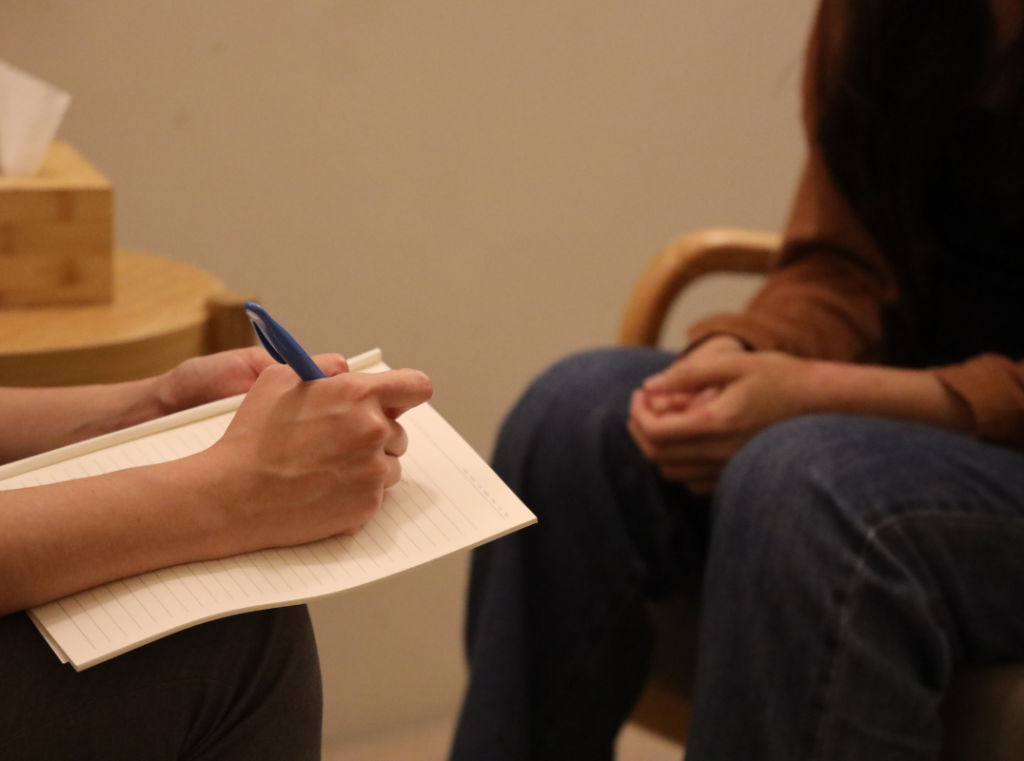How Somatic Therapy Addresses Chronic Stress
What is the Somatic Approach?
At Soma Haus, we embrace a multidisciplinary and somatic approach to healing.
If you’re experiencing somatic or mind-body symptoms, you’re not alone—these challenges are among the most common reasons people seek this approach.
A somatic approach addresses the intricate connection between the body and mind, helping you explore how physical sensations and emotions interweave. By incorporating body-centered techniques alongside cognitive and psychological approaches, we guide you toward deeper self-awareness, resilience, and holistic well-being.
Treatable symptoms include chronic pain, muscle tension, digestive issues, sleep issues, headaches and migraines, anxiety, depression, burnout, grief, trauma, avoidance, emotional reactivity, and addictive patterns. Each embodies both physical and psychological dimensions, emphasising the need for an integrated approach to healing.

Somatic therapy or a somatic approaches draw on neuroscience, psychology, and physiology based on the revolutionary idea that the body keeps the score. Trauma occurs when an experience overwhelms your nervous system’s ability to cope. When this happens, your body gets stuck in survival states like fight, flight, shutdown or functional freeze. The unprocessed emotions and survival hormones become trapped in your body, causing nervous system dysregulation, or a pattern where stress in the body is unable to clear. This unresolved stress, or survival energy, becomes bound up in tension, lesions and many other patterns, which is a leading factor of chronic stress. For some people, there may be a feeling “offness” or “not being fully yourself” or intense rumination, or depression, complex and chronic pain, or a multitude of symptoms that cause and reduce a person’s overall quality of life.
What’s happening is that something deeper, at an unconscious and embodied level, is causing distress, and the brain has disconnected from this process. In response, the thinking brain clings to various narratives about the problem and becomes highly active in trying to solve it. However, this overthinking is actually a symptom of the trauma itself, and rather than resolving the issue, it often exacerbates it.
“No matter how much insight and understanding we develop, the rational brain is basically impotent to talk the emotional brain out of its own reality.”
– Bessel van der Kolk (The Body Keeps Score)

This form of chronic stress impacts both your mental and physical health, but here’s the good news: healing is possible. To begin the healing process, we must break free from these survival states, and that starts with understanding the nervous system’s unique language. It doesn’t speak in words; it speaks through emotion, sensation, impulse, muscle or procedural memory. In short, healing happens not in your head, but in your body.
At Soma Haus, we help our clients integrate through a body-first approach. Starting with understanding your nervous system and creating safety in the body before we explore different modalities whether it is top-down or bottom-up. Together, with our multidisciplinary team and suite of services, our focus is on helping clients build healthy foundations and aid in integration of these healing processes.